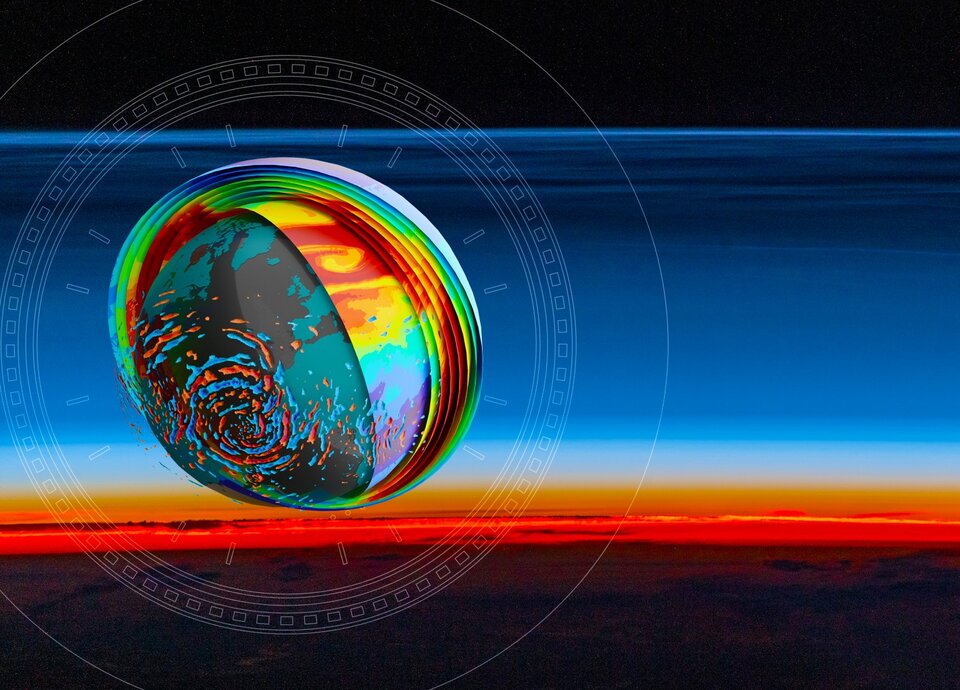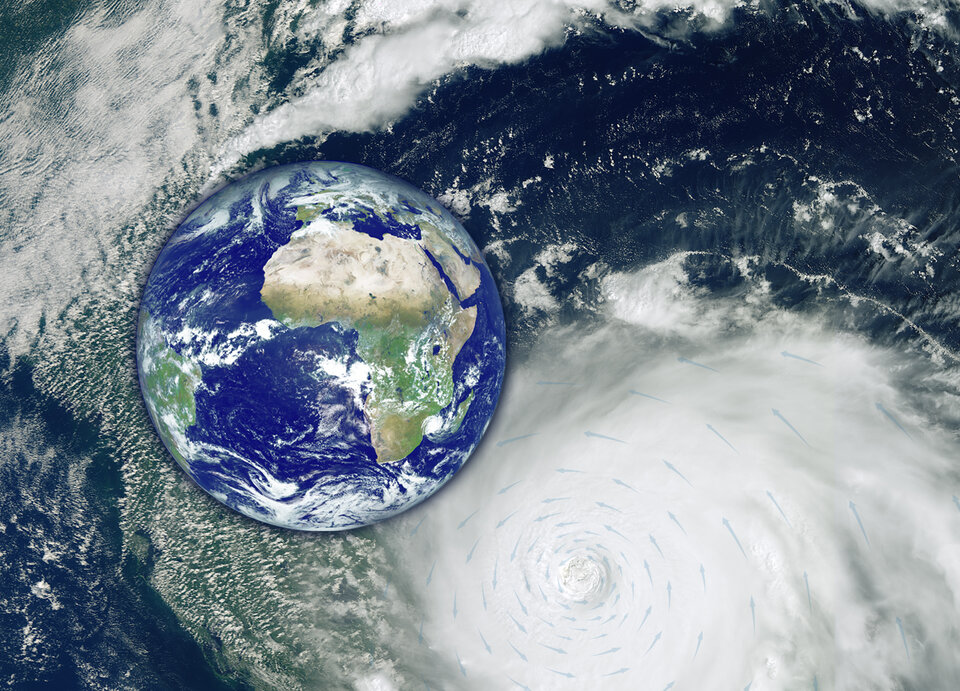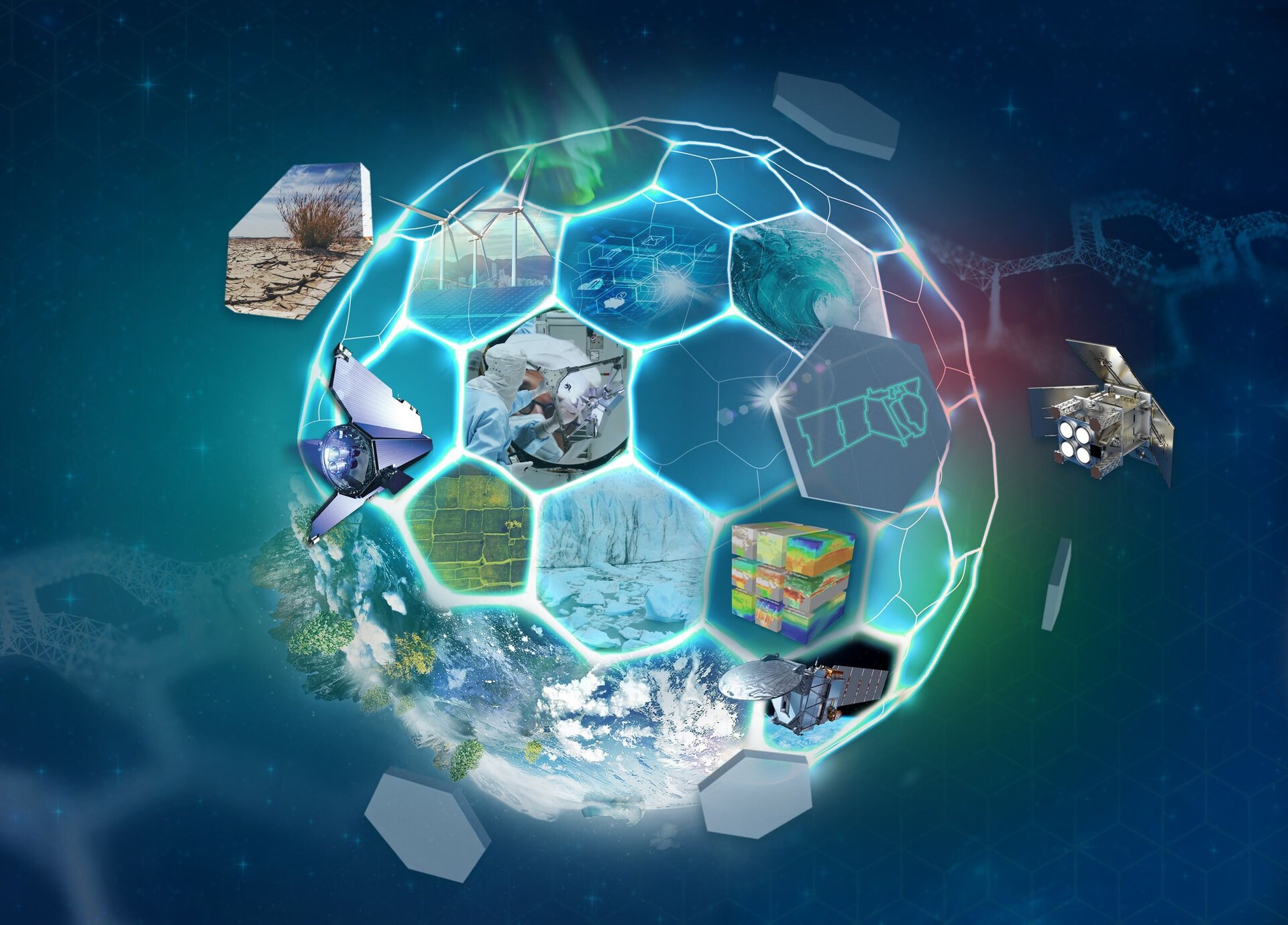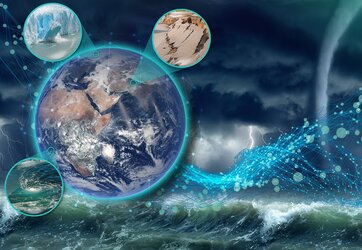Cairt and Wivern Earth Explorer candidates go forward
ESA has reached a significant milestone in its commitment towards a deeper understanding of Earth's dynamic processes and addressing pressing environmental challenges with the selection of two new candidates – Cairt and Wivern – to progress to the next development phase as part of the process of realising the Agency’s eleventh Earth Explorer satellite mission.
The decision comes on the heels of the User Consultation Meeting held in October, at which four mission concepts were scrutinised by the scientific community. Following this all-important event, ESA’s Advisory Committee for Earth Observation recommended the Cairt and Wivern concepts be selected for the next phase of development.
Today, ESA’s Programme Board for Earth Observation formally agreed to proceed on the basis of the Committee’s recommendation.
ESA’s Director of Earth Observation Programmes, Simonetta Cheli, said, “All four proposed mission ideas have been studied intensively over the last two years. Each of the concepts is dedicated to pioneering scientific research that contributes to a better understanding of our planet and its intricate systems.
“We were extremely impressed by all four candidates, and I would personally like to thank the teams for their dedication and intense work to transform the proposed ideas into competitive mission concepts during this phase in the process.
“However, the results of the initial assessment pushed the Cairt and Wivern concepts to the top, based on the new science they promise to yield and the innovative space technology they would demonstrate, while reinforcing ESA’s role as a global leader in Earth observation.
“Both concepts will now undergo further development. We will then go through the procedure of selecting one mission to be implemented as Earth Explorer 11 in 2025, with a view to launching the successful mission in the 2032–33 timeframe.”
ESA's Earth Explorers, which are developed within the FutureEO programme, investigate various aspects of Earth's environment.
The two Earth Explorer 11 mission concepts promise to build on the success of missions that provide or are set to provide vital data for scientific research.

Cairt – short for changing-atmosphere infrared tomography – would provide the measurements needed to make a necessary step change in understanding the links between climate change, atmospheric chemistry and dynamics in the altitude range of about 5 to 115 km.
It would focus on the processes that couple atmospheric circulation, composition and regional climate change, providing critical observations not available from existing or planned satellite missions.
Cairt would be the first limb-sounder with imaging Fourier-transform infrared technology in space.
Wivern – short for wind velocity radar nephoscope – would provide the first measurements of wind within clouds and precipitation. There is a notable gap in global observations of wind in cloudy regions. The mission would also deliver profiles of rain, snow and ice water.

Carrying a dual-polarisation, conically scanning, 94 GHz Doppler radar with an 800 km swath, the mission would improve forecasts of hazardous weather and provide new insights into severe storms.
It would also contribute to the climate record of cloud and precipitation profiling.
The time invested into assessing the two missions that were not selected, Seastar and Nitrosat, has not been wasted.
Rune Floberghagen, Head of ESA’s Climate Action, Sustainability and Science Department, noted, “All meticulous activities on these two missions have helped to establish ground-breaking concepts and scientific foundations, by pioneering new observations that at some point in future would unlock insights into coastal ocean dynamics and the nitrogen cycle.”












